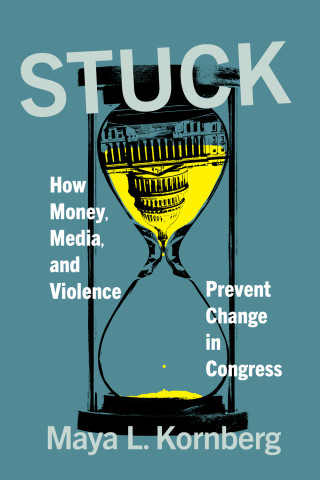
Reviews
As a Management Analyst focused on state and federal legislation, I write memos that inform my director on a wide range of policy topics that impact, or could potentially impact, Arapahoe County. Consistently, I return to the frameworks within the worn covers of my copy of David's 2nd Edition of Public Policy Writing That Matters.
As a professional staff member in the U.S. House of Representatives, I use the lessons from this insightful book to write memos that break down complex topics and to craft speeches that highlight the importance of policy solutions for a broader audience.
I have struggled my whole career with understanding the reader and their needs. Not until this book did I find a comprehensive and straightforward framework to think about the reader more holistically as I navigate my relationship with them during my writing process.
The most challengingresponsibility fora public policy professional is not developing a point of view, but rather getting someone in power to agree with you and take action. Professor Chrisinger taught me the power of persuasionto effectively advocate for my positionand build trust with policymakers on both sides of the aisle.
Book Details
Contents
Foreword by Dr. Deborah Stone, Author of Policy Paradox
Introduction
Step 1: Clarify Your Thinking before You Write
1. Generating an Effective Research Statement
2. Moving from a Research
Contents
Foreword by Dr. Deborah Stone, Author of Policy Paradox
Introduction
Step 1: Clarify Your Thinking before You Write
1. Generating an Effective Research Statement
2. Moving from a Research Statement to Strong Policy Research Questions
Step 2: Identify the Four Elements of a Persuasive Policy Recommendation
3. Advocating for Reform with the Four Elements of a Persuasive Policy Recommendation
4. Making More Impactful Recommendations Using the Importance/Difficulty Matrix
5. Understanding the Landscape of Reform with Stakeholder Mapping
6. Writing to Meet the Unique Needs of Your Reader
Step 3: Choose the Most Valuable Method to Deliver Your Message
7. Telling What You Know: Policy Memos, Briefs, and Reports
8. Framing Your Message More Effectively with the Moral Foundations Theory
9. Showing What's True: Policy Reform Narratives
10. Creating and Delivering Impactful Presentations
Step 4: Revise Your Paragraphs and Sentences for Coherence, Clarity, and Concision
11. Improving Paragraph Coherence with Deductive Structure
12. Strengthening Sentence Cores to Improve Clarity
13. Pruning Needless Words for Clearer, More Effective Writing
14. More Strategies for Being Your Own Best Editor
Step 5: Share Your Work with the World
15. Mastering the Art of the Pitch: Op-Eds and Longform Journalism
16. Leveraging Digital Communication Tools for Policy Advocacy
Conclusion: Making Your Policy Writing Matter
Acknowledgments
Mastering the Craft: Essential Tips for Effective Writing about Public Policy
Notes
Suggestions for Further Reading
Index






